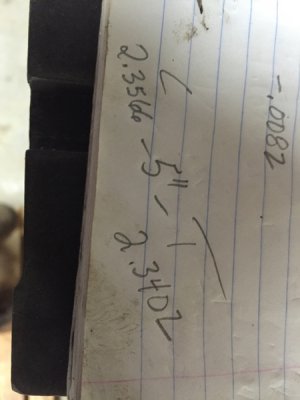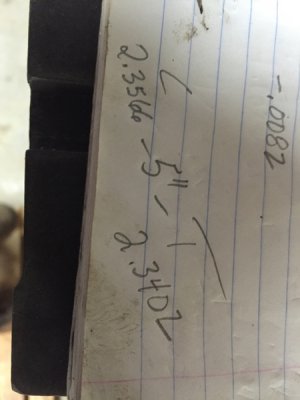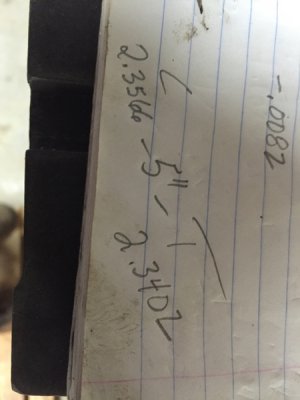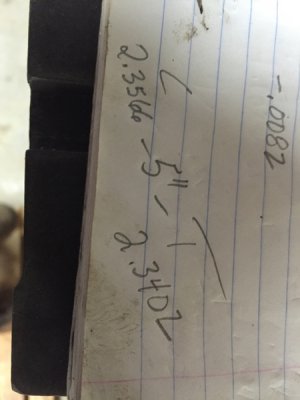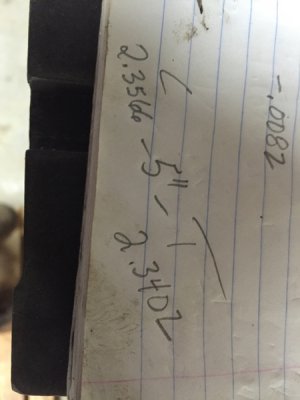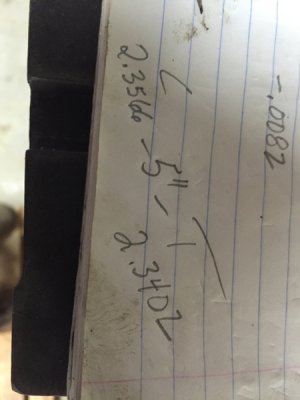Yes, you pobably would. if you think about the spindle pointing towards the rear of the bed, away from the operator, that is why you have to take more from the outer edge before the centre cleans up You have to sit down and carefully visualise the error, and it someimes is not easy! So far you seem to have confirmed that the error is the headstock alignment. Have you tried loosening the headstock bolts, giving the headstock a good wriggle about with a bar in the chuck, then tighten them down again. You should not neet to scrape anything, unless the lathe came out of the factory with this fault. It is "JUST" possible that the headstock has been used to lift the lathe at some time, and has shifted, and/or got swarf under it, or rust started by cutting fluid, just possible, but unlikely! If it were mine I would now be considering an engine crane to lift the headstock and inspect under it, just to be sure, then put it back on and see if it is any different. Also check the underside of the headstock! Have you checked the holding down bolts on the headstock for tightness?
Phil


